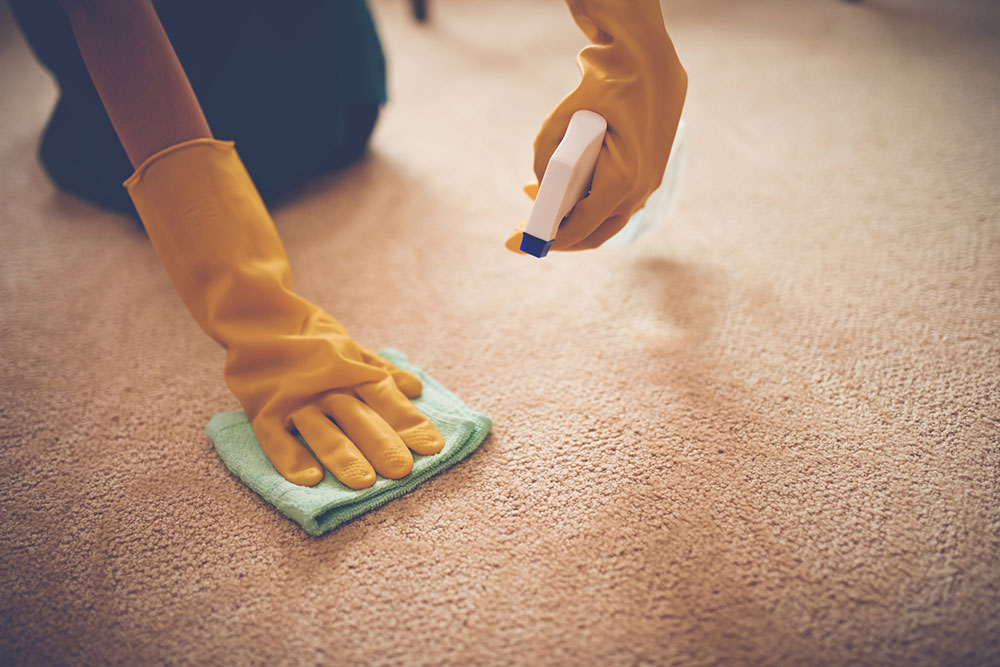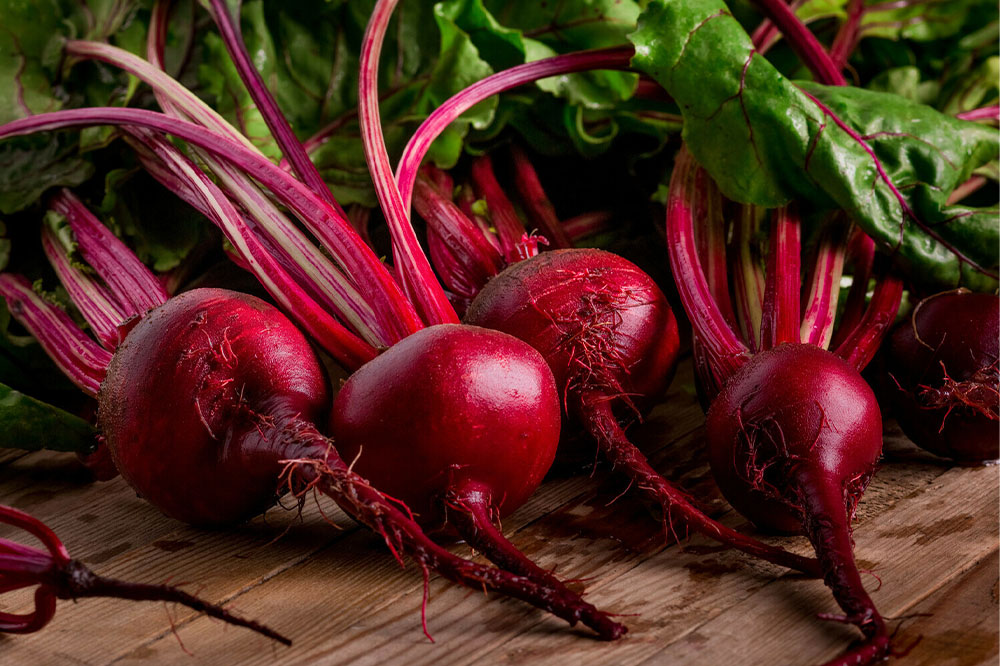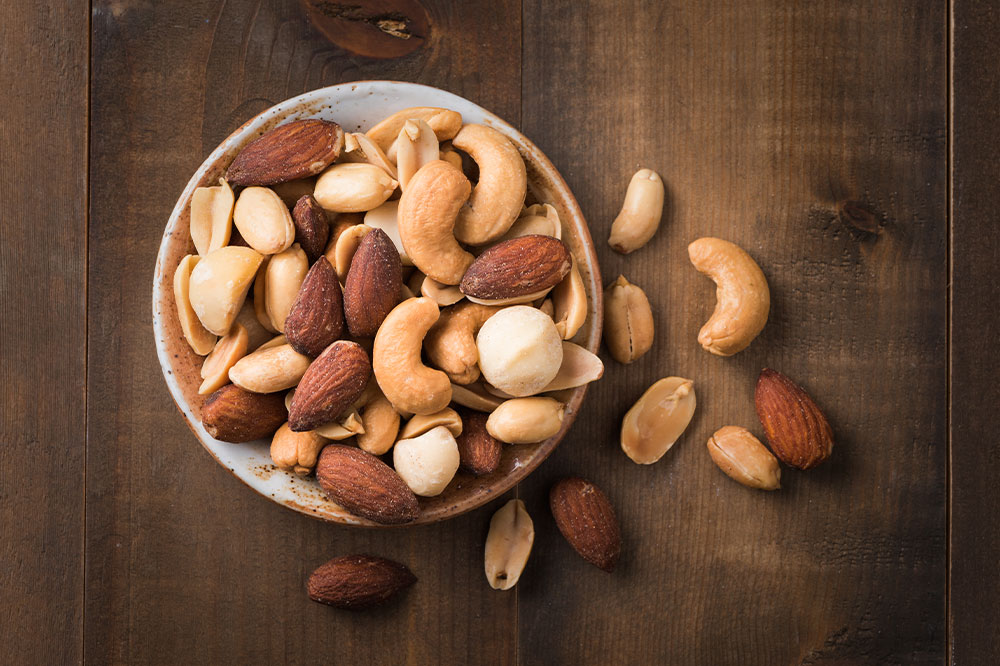6 cleaning mistakes that can ruin carpets

Carpets are not just great standalone pieces of furnishing, they can also tie a room together. Additionally, they help the space look cozier and softer. However, carpets and rugs tend to attract a lot of dust. So, they must be cleaned every now and then to keep them clean and retain their vibrance and texture in the long run. Further, one must avoid making cleaning mistakes that can make carpets look worn out:
1. Using the wrong products
One may fall for tall claims and bring home carpet stain removal products that can instead cause discoloration. This is because some harsh cleaning products do more harm than good, especially when dealing with carpets and rugs. This is why experts often recommend testing a new cleaner or stain removal product on a small portion of the carpet before using it directly on the stain or for the entire carpet. For instance, one can apply the product to a small portion of the carpet that is not too visible, like the portion underneath the couch. If the product does not cause discoloration or other issues on the test patch, then one can continue using it. The test should be a standard practice for all new carpet cleaning products, even DIY homemade cleaning solutions.
2. Not vacuuming regularly
Keeping the carpets clean is a continuous job. So, vacuuming it once a month is not nearly enough. If not daily, one must run the vacuum cleaner on their carpets at least once every week. Carpets accumulate a lot of dust and dirt throughout the day, so vacuuming them can help get rid of all the dust. Vacuuming regularly can also help carpets stay fluffy and soft for longer. As a result, making it a regular practice is a useful way to extend the life of carpets. Further, those with pets should especially vacuum carpets often, as pets tend to shed a lot of fur that can stick to carpets.
3. Not getting professional cleanups
Many may prefer cleaning carpets by themselves to save money and effort of calling in professionals. However, a thorough cleanup can work wonders and keep carpets clean for much longer. Professionals also have the right skills, expertise, and tools to get rid of extremely stubborn stains. They can also offer tips to keep carpets free from dust and stains for a long time. Further, DIY cleanup can result in one or more mistakes on this list, which can shorten the lifespan of carpets, making one replace them. One does not have to get a professional carpet cleanup often. They can do it once in a while and resort to vacuuming and gentle DIY cleanup the rest of the time.
4. Vigorously scrubbing carpet stains
One may instinctively reach for wet wipes or rags to scrub stains on the carpets after spilling something. However, scrubbing carpets vigorously tends to damage the fibers and deteriorate fabric quality. Further, this can push the stain deeper, making it even harder to clean. That’s not all. Vigorously rubbing the carpet can also lead to carpet discoloration and dullness. So, one must be careful while tackling stains. First, they should opt for a dedicated stain removal product that can do the job without having to rub the stain. Then, one should opt for blotting instead of rubbing the stain. When dealing with an especially stubborn stain, one should seek professional assistance to avoid damaging the carpet.
5. Using too much water
While using excessive water to clean dirty surfaces is a common practice, this might not always work for carpets. This is because carpets can be quite thick and absorb more water than one thinks. Then, they may take a long time to get completely dry. If some portions of the carpet remain wet for long periods, then they can be at risk of mold growth. The mold can cause allergic reactions and spread quickly in the living space. So, one should be careful while cleaning carpets and leave them out in the sun to dry completely. Alternatively, one can use damp cloths to clean certain spots till it is time for a deep cleaning. Even when dealing with harmless water spills, one can use paper towels or cloths to soak up excess water and let the carpet dry.
6. Not acting fast enough
When dealing with a spill or a stain, one needs to act as soon as possible to undo the damage. This is because stains are easiest to tackle early on. So, waiting for the spill or stain to dry completely before one starts cleaning the carpet can be a huge mistake. Sometimes, even the toughest cleaning products won’t be able to tackle dried stains. What one should do here is quickly blot up whatever has been spilled and then try to get as much moisture out as possible. This can help minimize the staining, prevent moisture from getting deeper into the carpet, and avoid increasing the risk of mold growth.
Additionally, one should avoid going overboard with carpet deodorizers as they can lead to gunk buildup, which can become really difficult to remove over time.







